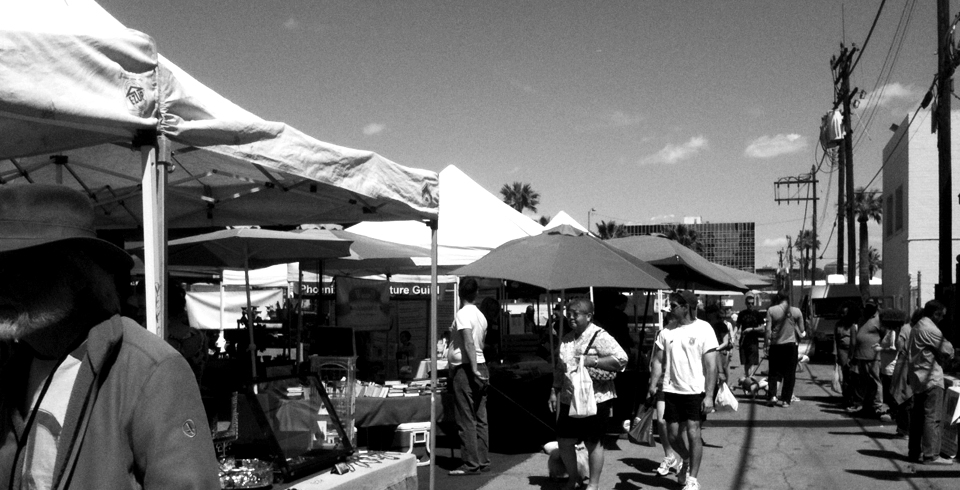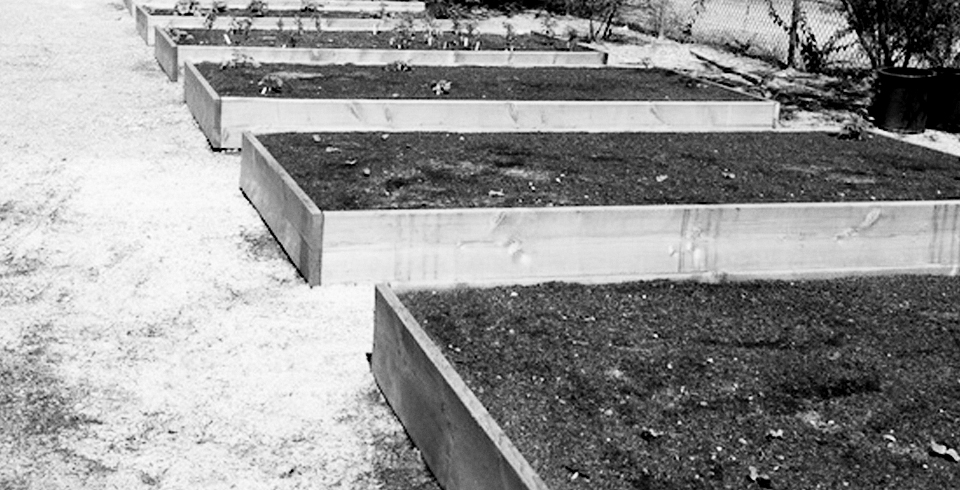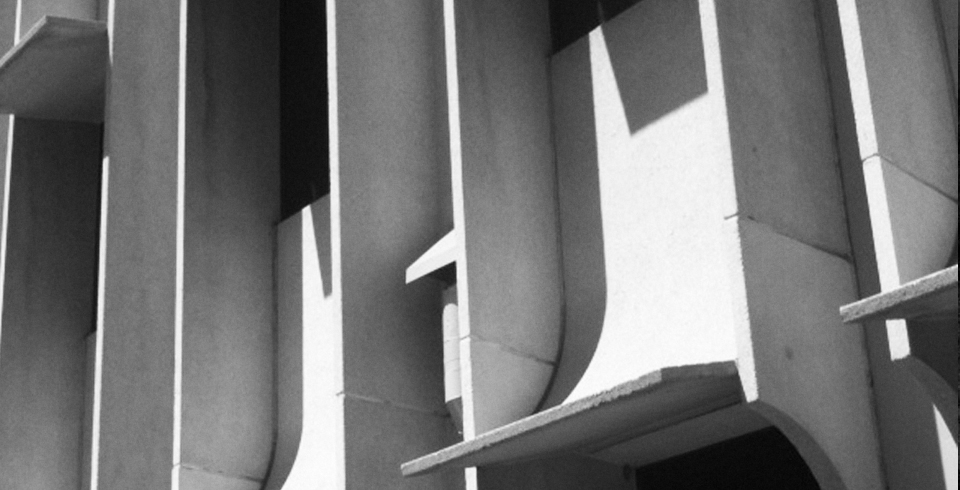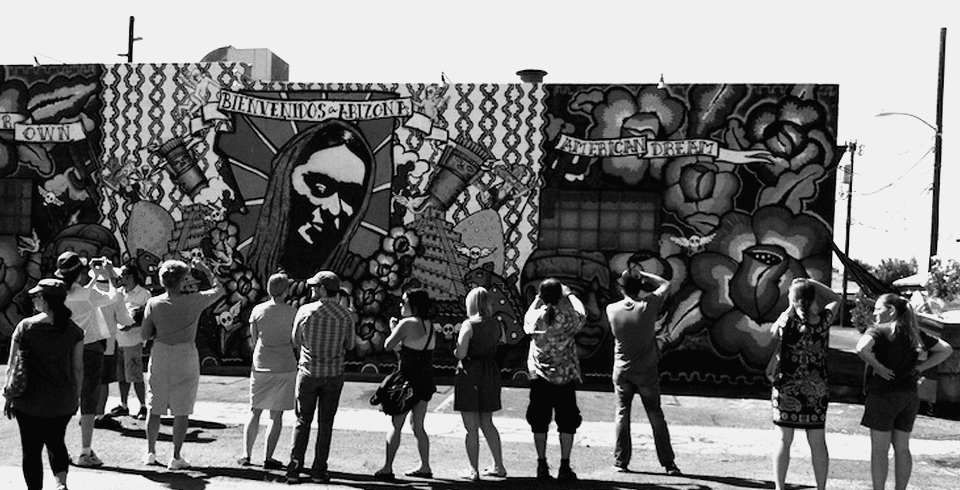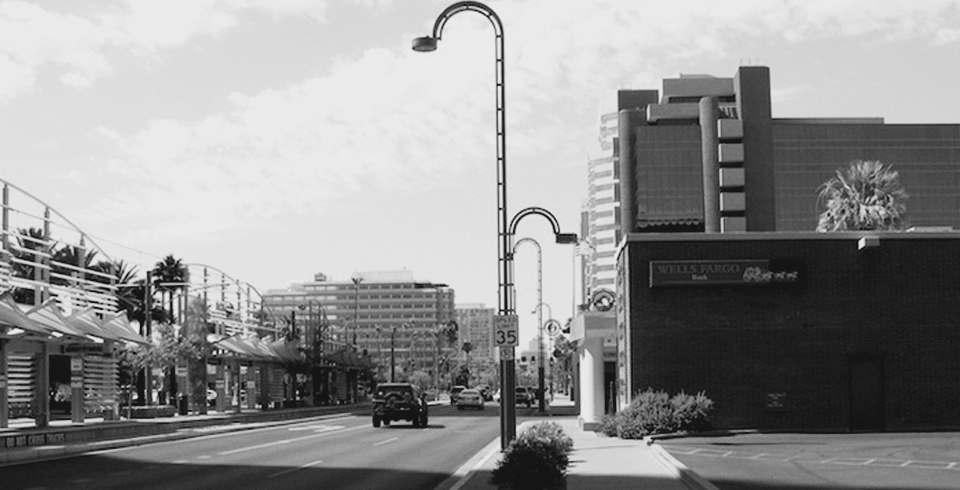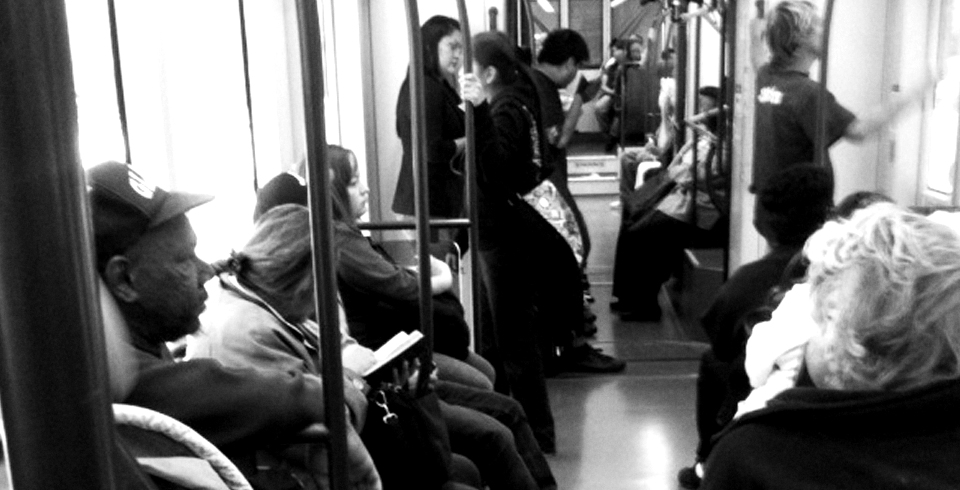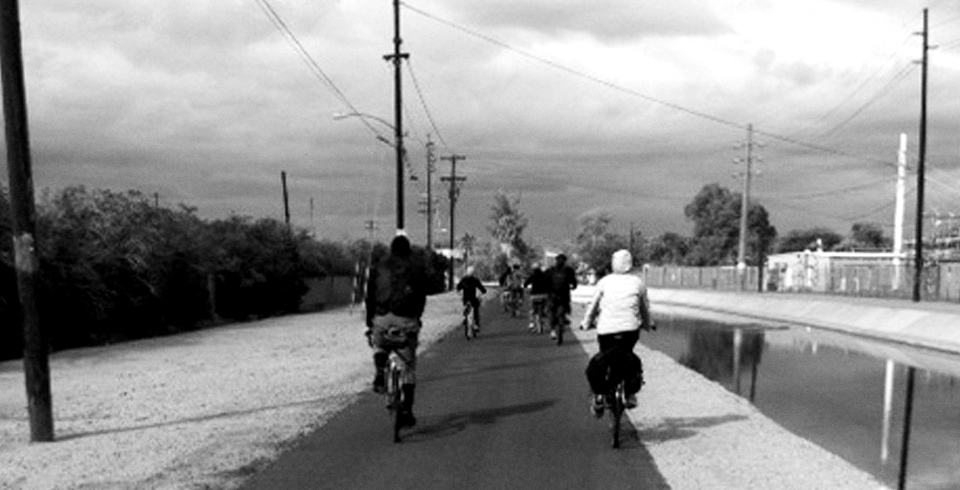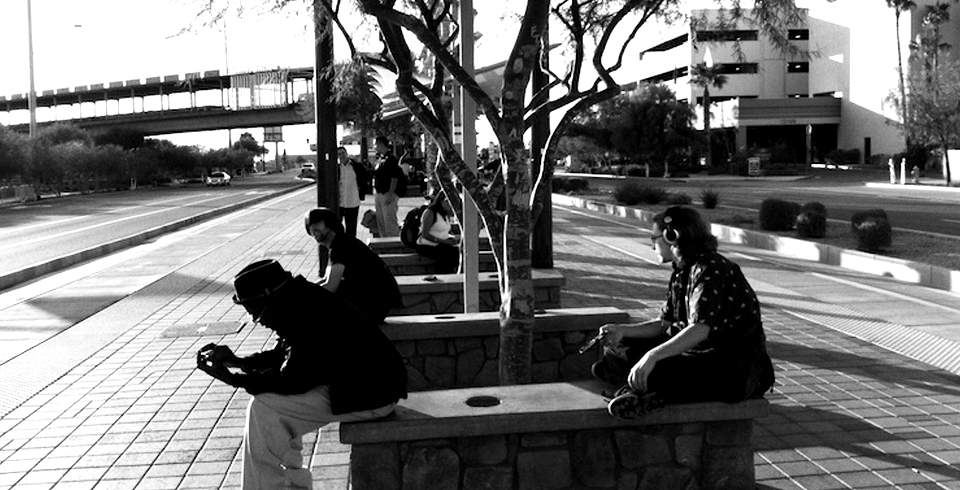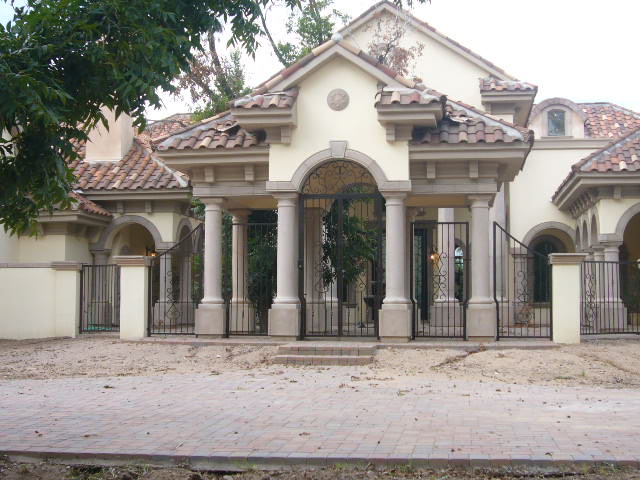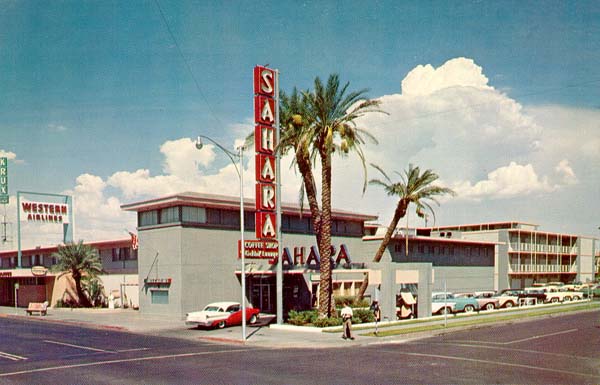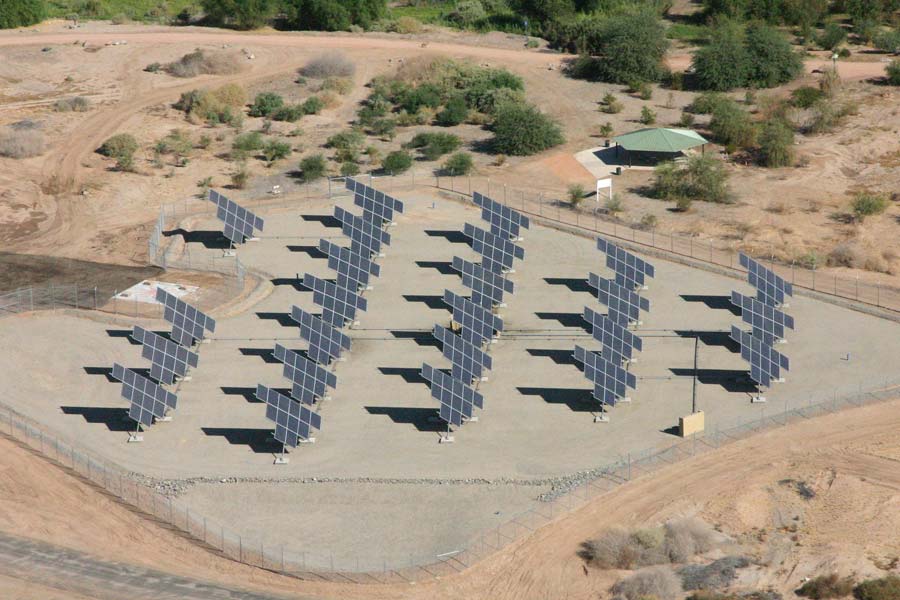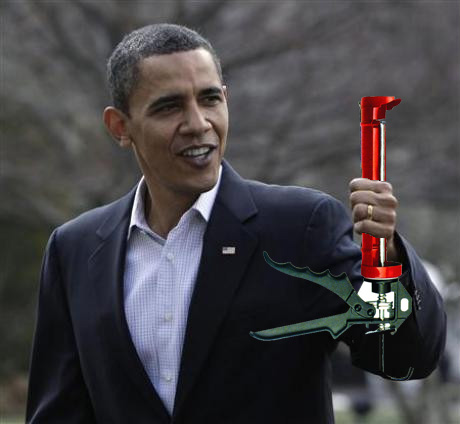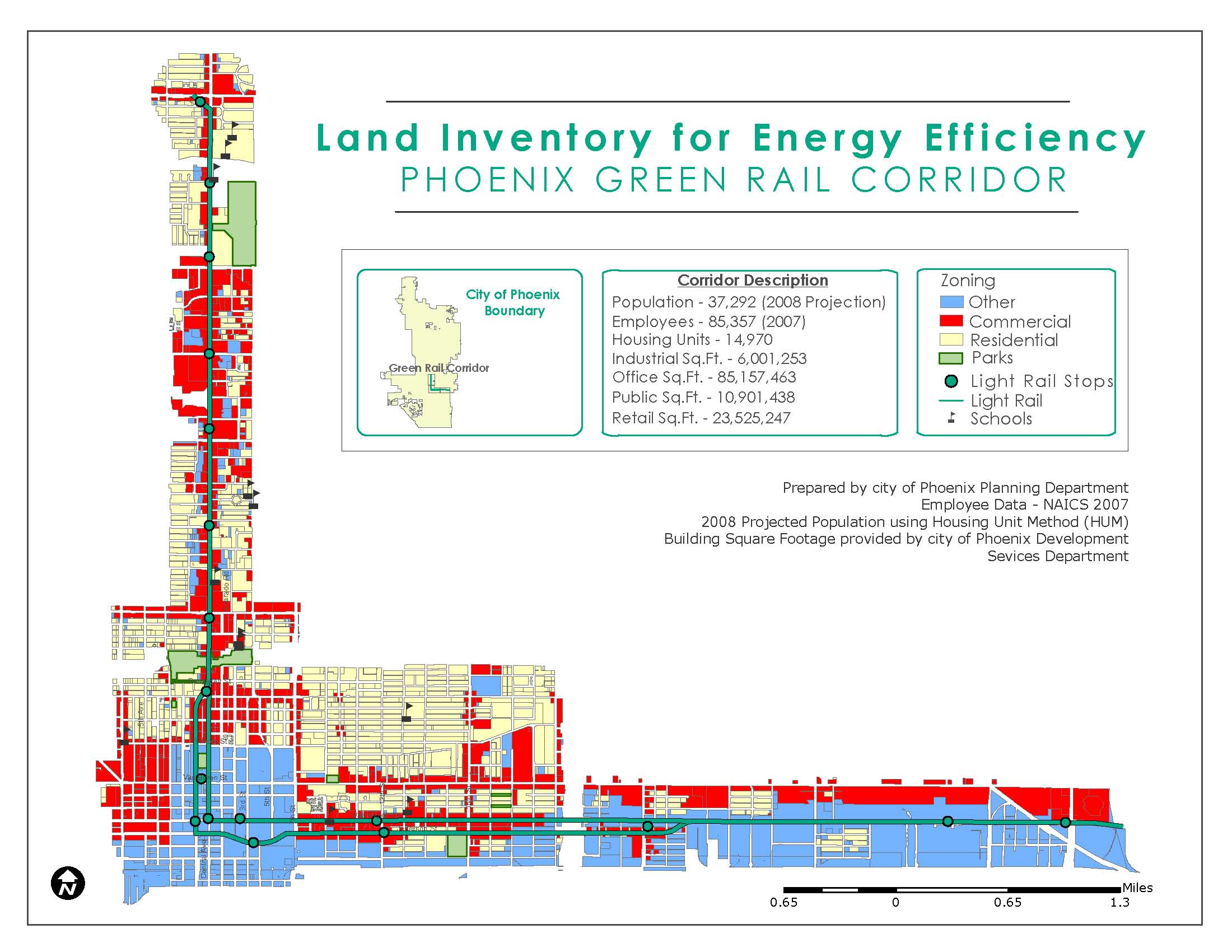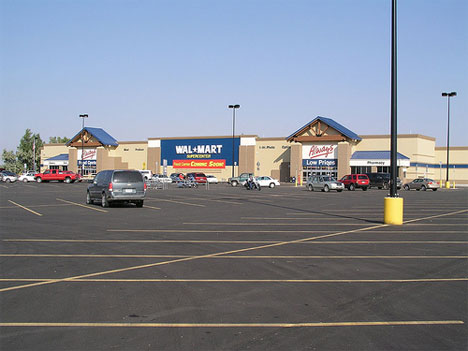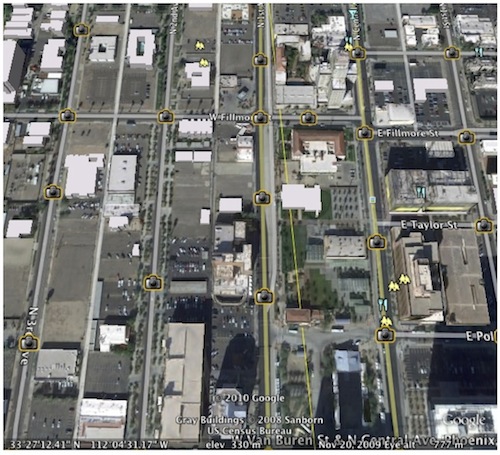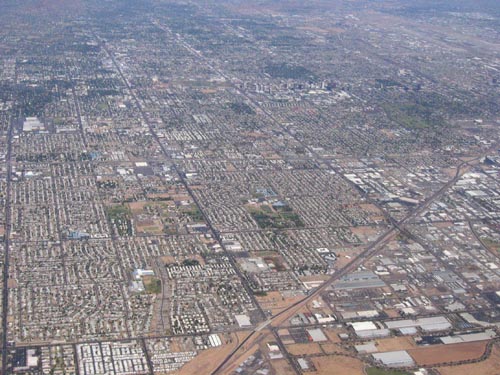Tweet Paul and I live in a 920sf unit with 3 cats. Does this seem small to you? No that’s not our place in the photo. That’s a luxury home in Queen Creek. Here’s what’s making me think that size does matter. Yesterday I wrote about the Awakening the Dreamer Symposium which highlighted the environmental, spiritual and social issues of our world today. One of the exercises of this event was to question our assumptions. The assumption I want to challenge today is about size. Here are some variations of the basic assumption that bigger is better: bigger = more…
Archive for the ‘sustainability’ Category
Tweet This weekend I attended 3 awesome events whose message is summarized in the video I’ll share with you at the end of this post. The first event is the Places, Spaces and Faces Community Dinner. This event brings people together to share food, ideas and stories in historically or architecturally significant buildings in Phoenix. This monthly event was founded by Kathleen Bartolomei, Yuri Artibise and me and now is organized by two new community members every month. This month’s event was held at the Hotel San Carlos and featured a presentation by Robert Melikian, who’s family owns the hotel. …
Tweet The Community Solar Garden Bill is about to be signed in Colorado by it’s governor, Bill Ritter. This bill essentially allows homeowners to buy into a share of a Community Solar Garden. A solar garden is similar to a windmill farm, but on a smaller scale. It’s a place that houses a number of solar arrays that generate enough power that can be distributed to many different households. It’s aimed at people who can’t install solar panels on their rooftops for whatever reason. They may be renting, may live in a condominium, may have a roof that’s in shade,…
Tweet The Cash for Caulkers bill, or the Home Star Energy Retrofit Act, was approved by the House on Thursday May 6 and is expected to pass the Senate this summer. What is it? Cash for Caulkers is similar to Cash for Clunkers where you get an instant rebate for making energy efficiency improvements to your home. There are two levels of rebates you can get: 1. For the the Silver Star, consumers would be eligible for rebates between $1,000 and $1,500 for a variety of home upgrades, including adding insulation, sealing leaky ducts and replacing water heaters, HVAC units,…
Tweet Have you heard about the $25 mil grant the City of Phoenix received in partnership with ASU and APS as part of the Stimulus Bill? You need to know about this! This grant is intended to make the Green Rail Corridor into a model of energy efficiency and sustainability. Now what part of town is this Corridor? Here’s a map of the area that they’re including in the Green Rail Corridor: (As an aside, this map provided by the City of Phoenix Planning Department is pretty cryptic and you have to work hard to figure it out. I’m looking…
Tweet Now that Earth Day’s over, are we going to go back to our wasteful ways? Why not keep the momentum going with an Earth-Day inspired commitment? It doesn’t have to be big, it can be as tiny as committing to shut the lights behind you when you leave a room or a big as committing to get rid of your car and trying out the carfree experience. This is my commitment: buy my produce from local Arizona farmers. I’ll keep you posted on how it’s going. produce from the Downtown Phoenix Public Market – photo from hubbuzz.com So what’s…
Tweet In honor of Earth Day 2010 (tomorrow!) I’m focusing on sustainability issues in Phoenix. Monday I touched on 3 of the biggest sustainability challenges in Phoenix and yesterday I focused on the over abundance of parking in our city center. But we can’t talk about sustainability in Phoenix without talking about solar power. So today, I’d like to talk about this issue and discuss some creative ways we can incorporate solar power within the existing fabric of our city. Ever Wonder Why Solar Power Isn’t more Prevalent? There are 2 major drawbacks of solar power production. First, photovoltaic (PV)…
Tweet In honor of Earth Week (Earth Day is only 2 days away), I’m reflecting on some of the sustainability challenges in Phoenix. In yesterday’s post I outlined 3 of the biggest sustainability challenges we face. Today I’d like to focus in on one of them – our dependence on the car. Specifically I want to talk about parking and why it’s the root of so much evil here in Phoenix. First, let me applaud the small group of people rising up against the car in Phoenix, making an effort to explore other ways of getting around town. People like Tony…
Tweet With Earth Day (April 22) just around the corner, let’s take this week to reflect on the sustainability challenges here in Phoenix. What are the biggest sustainability challenges we face in Phoenix? These are my top 3: 1. SPRAWL – The Problem: increased emissions into our atmosphere increased dependence on foreign oil an ever-increasing expansion of highways built on land that could be used more sustainably swaths of abandoned foreclosed homes in failed housing developments in far-flung suburbs such as Coolidge, Surprise, and Maricopa sprawl in Phoenix – photo from The Anthropik Network Suggested Solutions: telecommuting build work hubs…
Tweet In yesterday’s post, I explained the basics of building orientation and the appropriate types of shade for the east, west and south sides of a building. Today I’m going to show you some examples of how shading is used brilliantly in some of Central Phoenix’s mid-century modern buildings. This mid-century modern beauty on Osborn and 4th Avenue uses these curved precast concrete panels to create shade for the windows on the south side. Not only does the shade work well, as you can see in the photo below, it’s also fundamentally integrated with the design of the building making…





